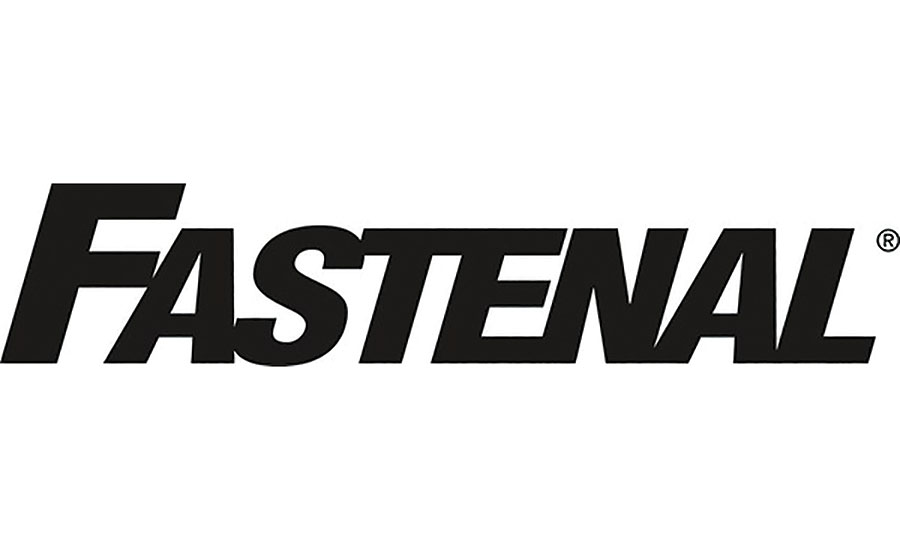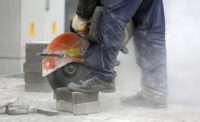Fastenal Company of Winona, MN (Nasdaq:FAST) reported the results of the quarter ended June 30, 2016. New sales increased 2.6 percent for the six-month period, and 1.6 percent for the three-month period. Net earnings were down 3.8 percent for the six-month period, and 6.3 percent for the three-month period.
Business update
The number of industrial vending machines installed reached 58,346 in the second quarter of ’16, a 5.1 percent increase above fourth quarter ’15.
In February 2016, Fastenal signed an agreement to lease a significant number of industrial vending lockers to one of its customers. As of June 30, 2016, the company has deployed approximately 3,000 devices under this agreement. These devices are excluded from the count noted above.
Several items worth noting with respect to the latest results:
• During the last 12 months, Fastenal has added 296 people into its stores and 797 people in total. The headcount additions outside of stores related to additions in vending support, the information technology development center, and distribution. Store headcount increased in the last half of 2015 and then contracted in the first half of 2016 as the company managed its store headcount levels.
• Fastenal currently expects to open 30 to 45 stores in total in 2016, which is an annual rate of approximately 1 percent to 2 percent.
The company closed or consolidated 34 and 26 stores in the first six months of 2016 and 2015, respectively. Most of these closed or consolidated locations were in multiple store markets with expiring leases and the impact to sales was not considered meaningful.
• Fastenal is seeing a very strong pace of national account signings (defined as new customer accounts with a multi-site contract). In the first half of 2016 and 2015, the company signed 100 and 87 new contracts, respectively. Beyond signings (or growth activities), Fastenal looks at the health of its large customer market, and by extension the marketplace, by watching the trends of its top 100 customers. In the recent past (2011 to 2014), the typical ratio of growth versus contraction in the sales to the top 100 customers was 3:1 (75 grew and 25 contracted). By the fourth quarter of 2015 the ratio was approximately 1:1; 49 grew (32 with growth of 10 percent or more) and 51 contracted (37 with contraction of 10 percent or more). In the first quarter of 2016 this ratio improved slightly; 53 grew (38 with growth of 10 percent or more) and 47 contracted (31 with contraction of 10 percent or more). In the second quarter of 2016 this ratio weakened; 47 grew (31 with growth of 10 percent or more) and 53 contracted (34 with contraction of 10 percent or more).
• Fastenal continues to expand its onsite business (defined as dedicated sales and service provided from within the customer’s facility). The goal is to sign 200 onsite customer locations in 2016, and Fastenal signed 48 and 44 in the first and second quarters of 2016, respectively. Of the 92 signed in the first half of 2016, 55 are operational as of June 30, 2016. All of the 80 new onsite customer locations signed in 2015 are operational.
Sales drivers
Fastenal is several businesses within itself; a fastener distributor (about 40 percent of business) and a non-fastener distributor (about 60 percent of business).
While customers value the capabilities Fastenal brings to the table, in the last eight quarters this group of customers has seen a contraction in its production and its need for fasteners. During this time frame, Fastenal’s fastener product line has seen its daily growth decrease from about 10 percent growth in the last six months of 2014 to about 6 percent contraction in the fourth quarter of 2015 and about 2 percent contraction in the first half of 2016. Market share gains continue to be strong, but the contraction in purchases from existing customers, plus some price deflation, has eliminated growth and led to contraction. This contraction lessened from the fourth quarter of 2015 into the first half of 2016; however, it worsened in June.
Non-fastener sales
The “newer” business has been enhanced in the past five years with added capabilities in industrial vending. There is more to industrial vending than the device or the financial resources to deploy; the ability to replenish with a local team from an integrated supply chain network (i.e., the “Team behind the Machine”) is critical to the long-term success of this channel.
Because of these capabilities, the non-fastener business remains more resilient. However, similar to the fastener business, non-fastener business has generally weakened in the last eight quarters. During this time frame, daily sales of non-fastener product line experienced growth of about 18 percent in the last six months of 2014, contracted to about 2 percent growth in the fourth quarter of 2015 and improved to about 5 percent growth in both the first and second quarters of 2016.
Sales and sales trends
It’s helpful to appreciate several aspects of Fastenal’s marketplace: (1) it’s big, the North American marketplace for industrial supplies is estimated to be in excess of $140 billion per year (and Fastenal have expanded beyond North America); (2) no company has a significant portion of this market; (3) many of the products Fastenal sells are individually inexpensive; (4) when the customer needs something quickly or unexpectedly the local store is a quick source; (5) the cost and time to manage and procure these products is meaningful; (6) the cost to move these products, many of which are bulky, can be significant; (7) many customers would prefer to reduce their number of suppliers to simplify their business; and (8) many customers would prefer to utilize various technologies to improve availability and reduce waste.


